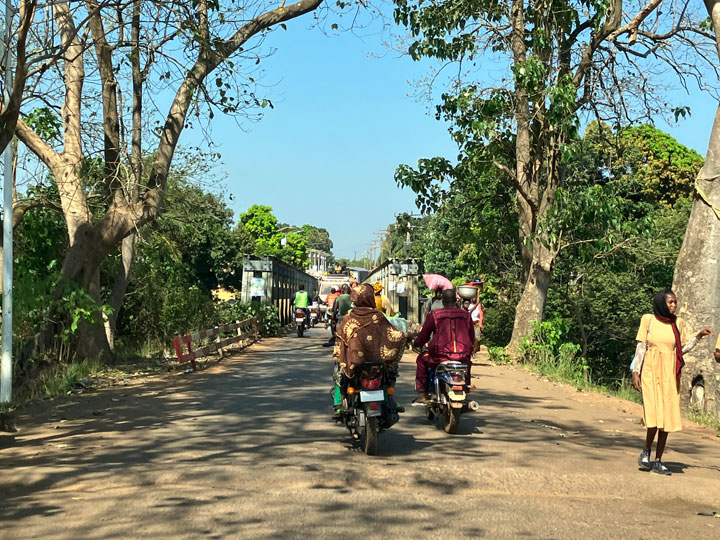2025-03-24 バース大学
<関連情報>
- https://www.bath.ac.uk/announcements/the-secret-behind-zebra-crossings-and-why-some-spiral-into-chaos/
- https://www.pnas.org/doi/full/10.1073/pnas.2420697122
多方向の群衆における秩序-無秩序の遷移 Order–disorder transition in multidirectional crowds
Karol A. Bacik, Grzegorz Sobota, Bogdan S. Bacik, and Tim Rogers
Proceedings of the National Academy of Sciences Published:March 24, 2025
DOI:https://doi.org/10.1073/pnas.2420697122

Significance
Human crowds can assume various dynamical states: flowing, congested, chaotic, self-organized, etc. The dynamical characteristics impact the safety of the crowd, but predicting what type of pedestrian flow ensues in a given situation is not straightforward. Here, we characterize the transition from disorderly motion to self-organized order in multidirectional crowds, e.g. on an urban plaza. The nature of the flow depends on the geometry of the concourse; more precisely, on the angular spread parameter, which quantifies the distribution of walking directions. Through mathematical analysis, agent-based simulations, and controlled crowd experiments, we show that the order–disorder transition occurs at a predictable value of the angular spread, and we measure how the loss of order reduces the efficiency of motion.
Abstract
One of the archetypal examples of active flows is a busy concourse crossed by people moving in different directions according to their personal destinations. When the crowd is isotropic—comprising individuals moving in all different directions—the collective motion is disordered. In contrast, if it is possible to identify two dominant directions of motion, for example in a corridor, the crowd spontaneously organizes into contraflowing lanes or stripes. In this article, we characterize the physics of the transition between these two distinct phases by using a synergy of theoretical analysis, numerical simulations, and stylized experiments. We develop a hydrodynamic theory for collisional flows of heterogeneous populations, and we analyze the stability of the disordered configuration. We identify an order–disorder transition occurring as population heterogeneity exceeds a theoretical threshold determined by the collision avoidance maneuvers of the crowd. Our prediction for the onset of pedestrian ordering is consistent with results of agent-based simulations and controlled experiments with human crowds.



